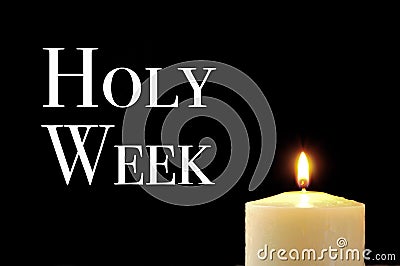
I grew up in Mobile, Alabama where Mardi Gras was a part of life. Although the celebrations in New Orleans are more well-known, Mardi Gras has its origin in my home town.

Mardi Gras arrived in North America as a French Catholic tradition in the 17th Century. King Louis XIV sent Pierre Le Moyne d’Iberville and Jean-Baptiste Le Moyne de Bienville to defend territory that included parts of what is now Alabama, Mississippi, Louisiana and eastern Texas.

The settlement of Mobile was founded in 1702 as the first capital of French Louisiana by Bienville. In 1703, fifteen years before New Orleans was founded, French settlers in Mobile established the first organized Mardi Gras celebration tradition in what was to become the United States. By 1720, the French capitol had been moved to Biloxi, Mississippi. In 1723, the capital of Louisiana was moved to New Orleans. It was not until 1837 that the first Mardi Gras parade was held in New Orleans.

The festival of Mardi Gras that began in Mobile as a French Catholic tradition evolved into a mainstream multi-week celebration across the spectrum of cultures in Mobile (as well as New Orleans). The last couple of days became school holidays regardless of religious affiliation.
As a boy growing up in Mobile I looked forward to Mardi Gras but I had no understanding of its religious significance marking the beginning of Lent the day after the last parade and Carnival ball. I have come to understand that “Mardi Gras Day” was also known as Fat Tuesday, a day to feast and celebrate before Ash Wednesday which was the start of 40 days of fasting and introspection for devout Catholics and many other Christians.
Mobile had a strong community of Roman Catholics and a variety of other expressions of Christianity. Unlike them, the religious environment in which I grew up did not give much emphasis to the Christian Year and accompanying traditions and liturgy. We celebrated the High Holy Days of Christmas and Easter and acknowledged the events of Palm Sunday. However the liturgical seasons of Advent and Lent were not a part of our tradition or practice.

I have learned to value those periods of time that the Church has observed that have nurtured and enhanced the lives of Jesus’ followers.

The six weeks of Lent are about over. Holy Week began last Sunday with Palm/Passion Sunday when we remembered the triumphal entry of Jesus into Jerusalem but with the realization that the week would end sadly.
Today is Holy (Maundy) Thursday when we recall the last meal Jesus had with his disciples just before he would be arrested in the Garden of Gethsemane.
Tomorrow is Good Friday commemorating the day that Jesus was crucified. How could such a tragic event be “good?” Jesus sacrificed himself to show the world the extent of his love for each person. He said, “When I am lifted up from the earth I will draw all people to me.” This “disaster” was transformed a couple of days later when Jesus arose from the dead.
My celebration of the Resurrection this Easter Sunday will have added meaning because of the period of introspection and the emphasis of sacrifice during Lent. I have consciously reflected on God’s love for humankind that was demonstrated in Jesus. I have the remembered the severity of his sacrifice. I have examined my life as I have prayed, read, and meditated.
Today I feel a tinge of pain thinking about the extent of Jesus’ suffering. The sadness I feel because of the abuse Jesus endured is mixed with a deep sense of gratitude for his extraordinary love for me and all people of the world.
Today I am taking a deep breath allowing the Holy Spirit to enliven me and lead me to a life of devotion to the Suffering Servant. You are invited to do the same.